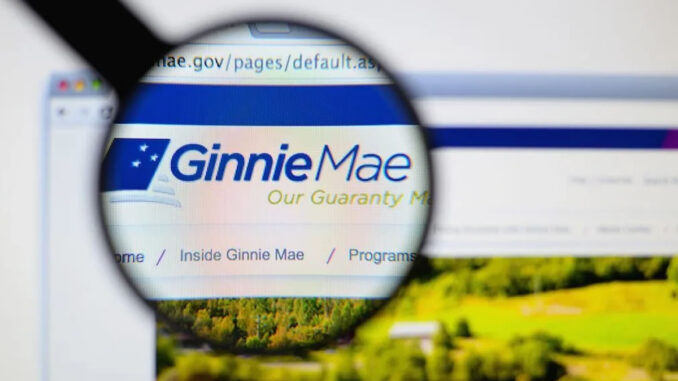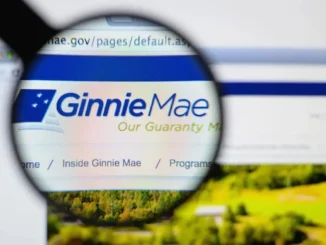
Following the submission of a letter by Indiana Sen. Mike Braun (R) to Ginnie Mae President Alanna McCargo about concerns related to the Home Equity Conversion Mortgage (HECM)-backed Securities (HMBS) program, McCargo’s predecessor, Ted Tozer, hopes the senator will dive deeper into the program’s mechanics and what led to the collapse of Reverse Mortgage Funding (RMF).
The late 2022 failure of RMF and the subsequent assumption of its reverse mortgage portfolio by Ginnie Mae were major concerns for Braun, which influenced his decision to inquire about the program’s challenges.
“RMF’s failure raised serious red flags,” Sen. Braun said in a subsequent email to RMD. “The scope of this failure is glaring, comprising 36 percent of all existing HECM loans at the time. I am seeking clarity about Ginnie Mae’s actions in dealing with this distressed issuer and their actions to fix underlying programmatic problems.”
In an interview with RMD, Tozer explained that his major concern with Braun’s letter is that the senator didn’t characterize what he says is the actual reason for Ginnie Mae’s assumption of the company’s portfolio.
“Ginnie Mae, like any creditor, took control of the collateral when they (RMF) defaulted on their debts,” Tozer said. “This is to protect the taxpayer. RMF was obligated to make payments to the bondholder, but they could not come up with the cash to facilitate that funding and defaulted. Ginnie Mae had no choice but to take the loans as collateral.”
But Braun’s letter does not mention the intent to protect U.S. taxpayers, Tozer added.
“My concern is he didn’t make it clear that Ginnie Mae was stepping in to protect the taxpayer,” Tozer explained. “By doing this, he kind of threw Ginnie Mae under the bus, questioning why Ginnie Mae took this action with RMF. I think that’s the thing he misunderstood.”
Braun’s letter also requested information about Ginnie Mae’s attempts to “market RMF’s assets to potential buyers,” and to explain details about challenges the company encountered in locating a financier for RMF.
“Ginnie Mae did that,” he said. “They tried to find people willing to take over the debt obligations and the underlying collateral, but as I understand it, every other HMBS issuer was having enough problems obtaining liquidity for the 98% buyouts, and they didn’t want to take on additional obligations.”
Braun noted that Ginnie Mae had never before extinguished an issuer from the HMBS program, but Tozer contends that’s not the issue at the heart of the matter.
“The issue was not the fact that Ginnie Mae did the extinguishment,” he said. “The problem is that the HMBS program is so cash-intensive for older HECMs that hit the 98% threshold, and [independent mortgage banks (IMBs)] just don’t have the financing facilities to handle those buyouts.”
Tozer said he interpreted some of the letter’s content to be disfavorable to the actions Ginnie Mae has taken to protect both the HMBS program and taxpayers.
“[The letter] made it sound like Ginnie Mae was just sitting back and not doing anything, but it’s back to the fact that the IMBs are the only ones doing HMBS,” he said. “It’s a very cash-intensive business, and IMBs just don’t have the financial wherewithal that depositories do to raise a lot of cash to meet their obligations.”
Tozer hopes that Ginnie Mae can explain this to Braun in its own response, but he has also personally reached out to the senator’s office to offer any information he may need. When asked about the interaction, Tozer said he was satisfied that the senator’s office understood his concerns.



